On a series of expeditions along the spine of the Andes Mountains, a team of high-climbing researchers has found mammalian life scampering through some of Earth’s harshest environments.
From 2020 to 2022, evolutionary biologist Jay Storz and colleagues trekked to the peaks of 21 volcanoes in South America. They’ve seen plumes of gas billowing from rocky vents, endured ferocious winds and subfreezing temperatures, and spent nights camping nearly 6,000 meters above the sea. “It’s really hard to exaggerate how inhospitable these super high elevation environments are,” says Storz, of the University of Nebraska–Lincoln.
The austere landscapes look like something you might see on Mars, he says — not the kind of places you’d expect to see wildlife. But for some mammals, such extreme locales are home. Multiple species of rodents live at or near the high-altitude peaks of Andean volcanoes, well above where alpine herbs, dwarf shrubs and other plants can grow, Storz and his colleagues report in a paper posted August 23 at bioRxiv.org.
Finding mammalian life above the vegetation line is “pretty unique and incredible, because what do they eat?” asks Jonathan Velotta, a biologist at the University of Denver who studies how animals adapt to extreme environments. He thinks Storz’s new work could change how scientists think about where life exists. It “suggests that animals live higher than we thought was possible,” Velotta says.
Storz and his colleagues are no strangers to altitudinous adventures. Three years ago, the researchers reported the world-record holder for highest-dwelling mammal. They found the animal, a yellow-rumped leaf-eared mouse, on the summit of Volcán Llullaillaco at an altitude of 6,739 meters, more than three quarters the height of Mount Everest (SN: 7/29/20).
But the scientists wondered if finding that mouse meant more mammals actually lived at extreme elevations — or if spotting it was just a fluke. The team embarked on a series of elevational surveys — the broadest ever conducted — over a wider geographic area, catching small mammals from the coastline of northern Chile to the crest of the Andean mountain chain. Researchers have performed other surveys at different high-altitude sites, Velotta says, but the areas Storz’s team explored are higher, more remote and require more specialized training and equipment. “It takes mountaineering expertise to do what they do,” Velotta says.
Trips can last three weeks or more, and Storz’s team packs everything they’ll need in a couple of pickup trucks. Their destinations are so remote, there’s typically no opportunity to resupply. They’ll bring food, fuel, water, ice axes, crampons, climbing rope and hundreds of live traps. The team will start catching mice at low altitudes, then work their way up, acclimatizing to higher elevations along the way. Eventually, the researchers will set up base camp at around 5,000 meters above sea level, and sometimes a second camp even higher.
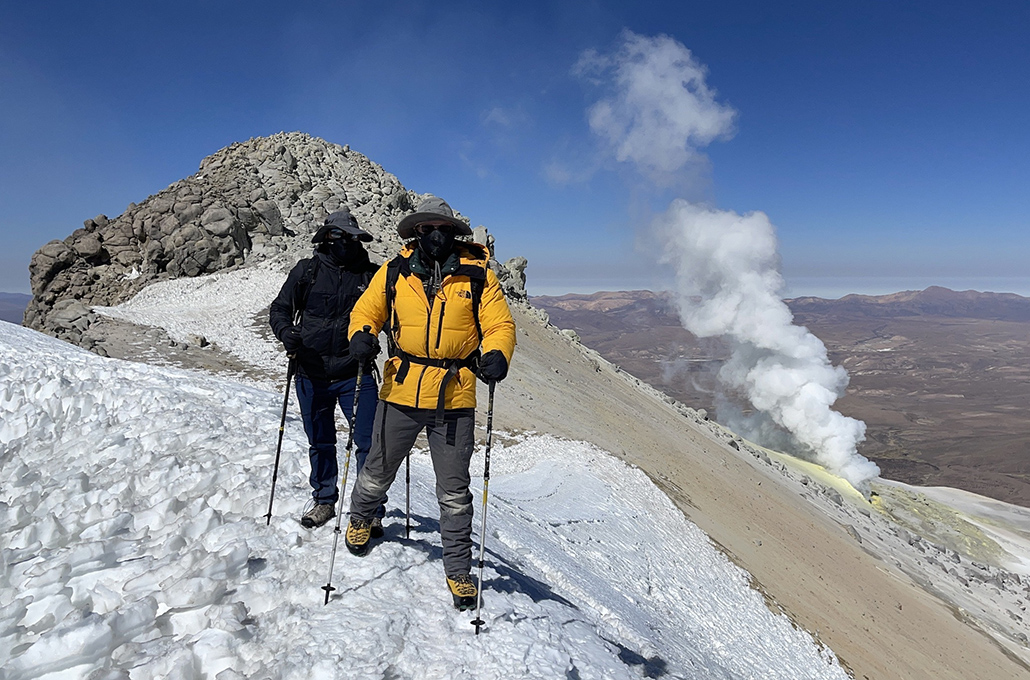
Oxygen levels drop as elevation rises; at base camp and beyond, the researchers may be breathing about half the amount of oxygen they would at sea level. That makes it hard to sleep and hard to do science, says Guillermo D’Elía, an evolutionary biologist at Austral University of Chile. “Everything gets slower,” he says. At sea level, he can set twenty traps in 20 or 30 minutes. At altitude, it takes him about double that time.
Dealing with the lack of oxygen gets easier after a few days, Storz says, but the expeditions’ hardships underscore just how difficult it is to survive in cold, low oxygen conditions. “We’re experiencing the same kind of environmental challenges that our study animals are.”
On his team’s latest trips, the researchers found species of mice that take second through fifth place for highest elevational record for mammals.
Though their work focuses on small mammals, D’Elía says, there’s so much more to explore. He’s seen wandering lizards, insects, subterranean rodents called tuco-tucos and puma tracks near high-altitude hot springs. Rabbitlike viscacha hop along the volcanoes’ rocky slopes, and on one memorable trip, Storz saw a pack South American ostriches rush by. “They look so prehistoric,” Storz says, like velociraptors. Add in the volcanic vistas and you’ve got something straight out of The Land Before Time, he says.
The team’s expeditions have given him a new appreciation for the capacity of animals to survive in unimaginably harsh conditions. “Even in these hostile environments,” Storz says, “life finds a way.”

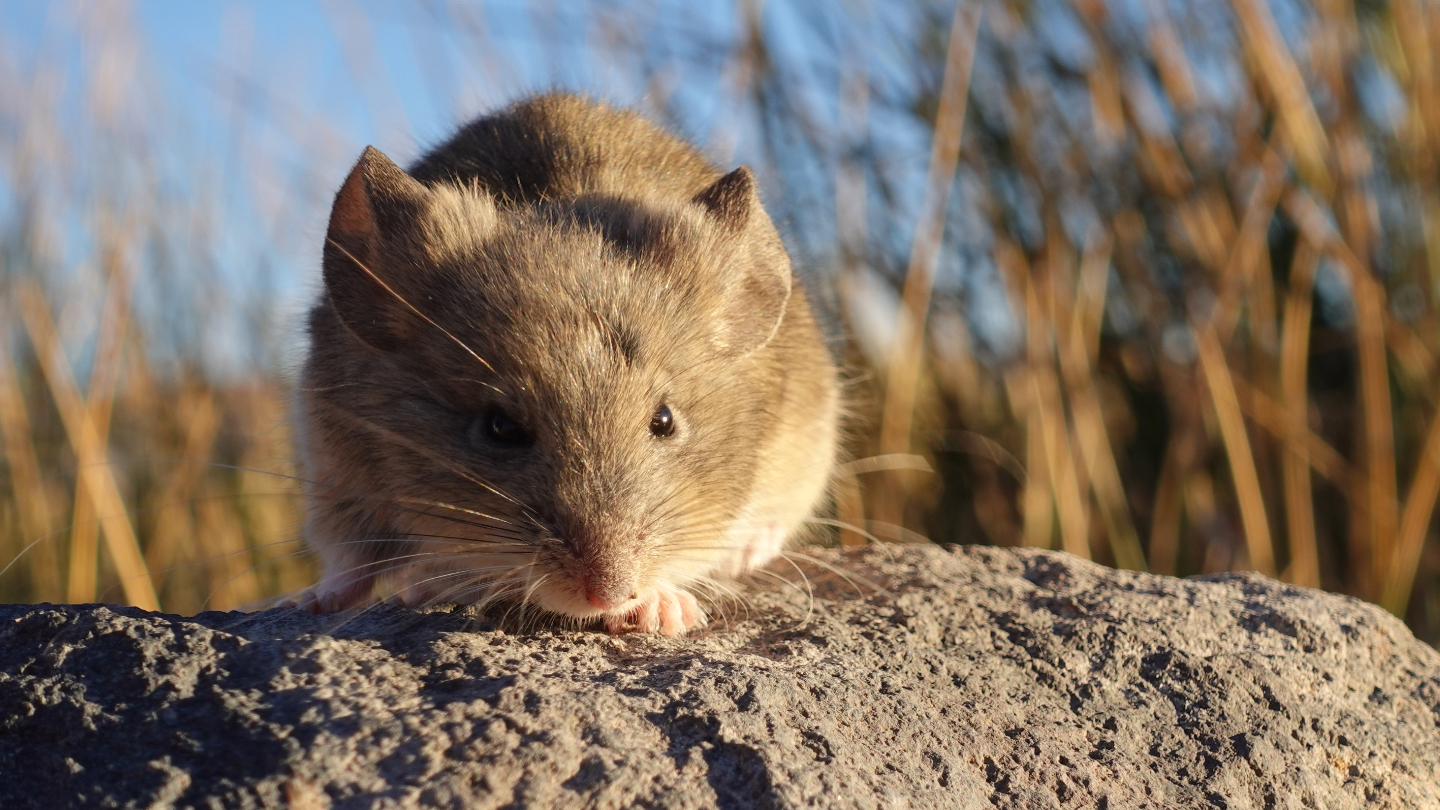
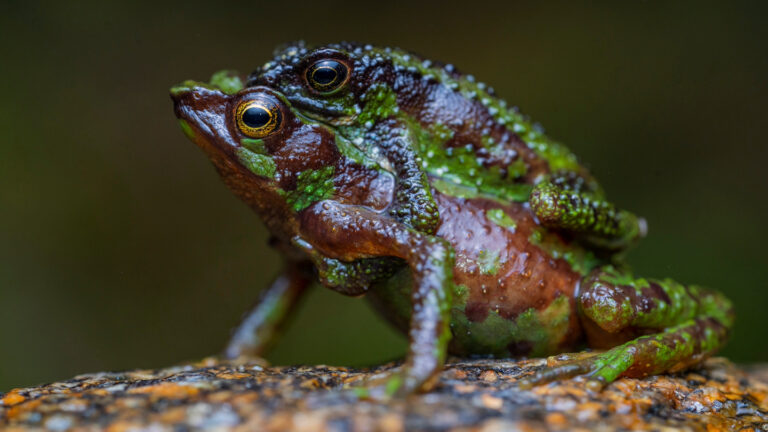

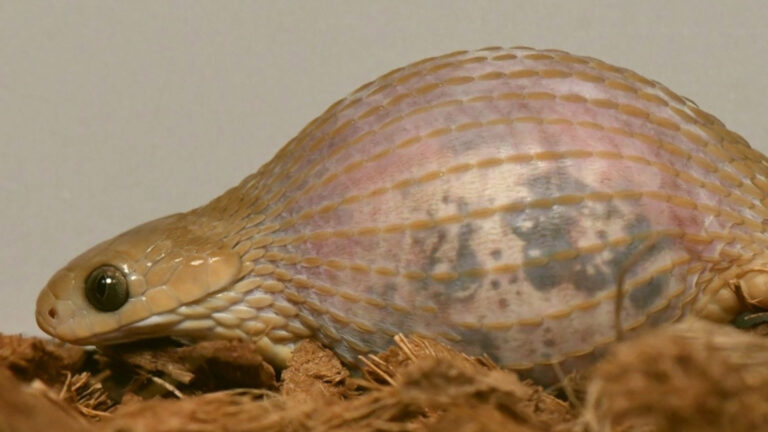
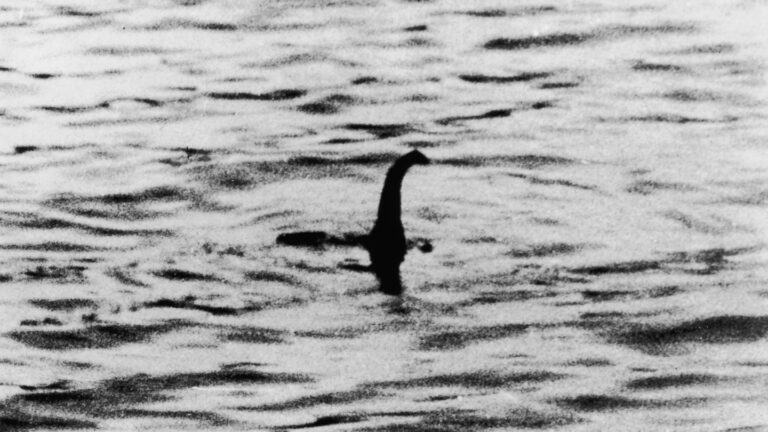


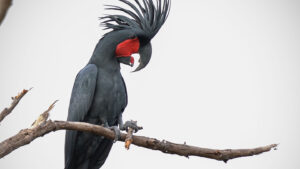








+ There are no comments
Add yours